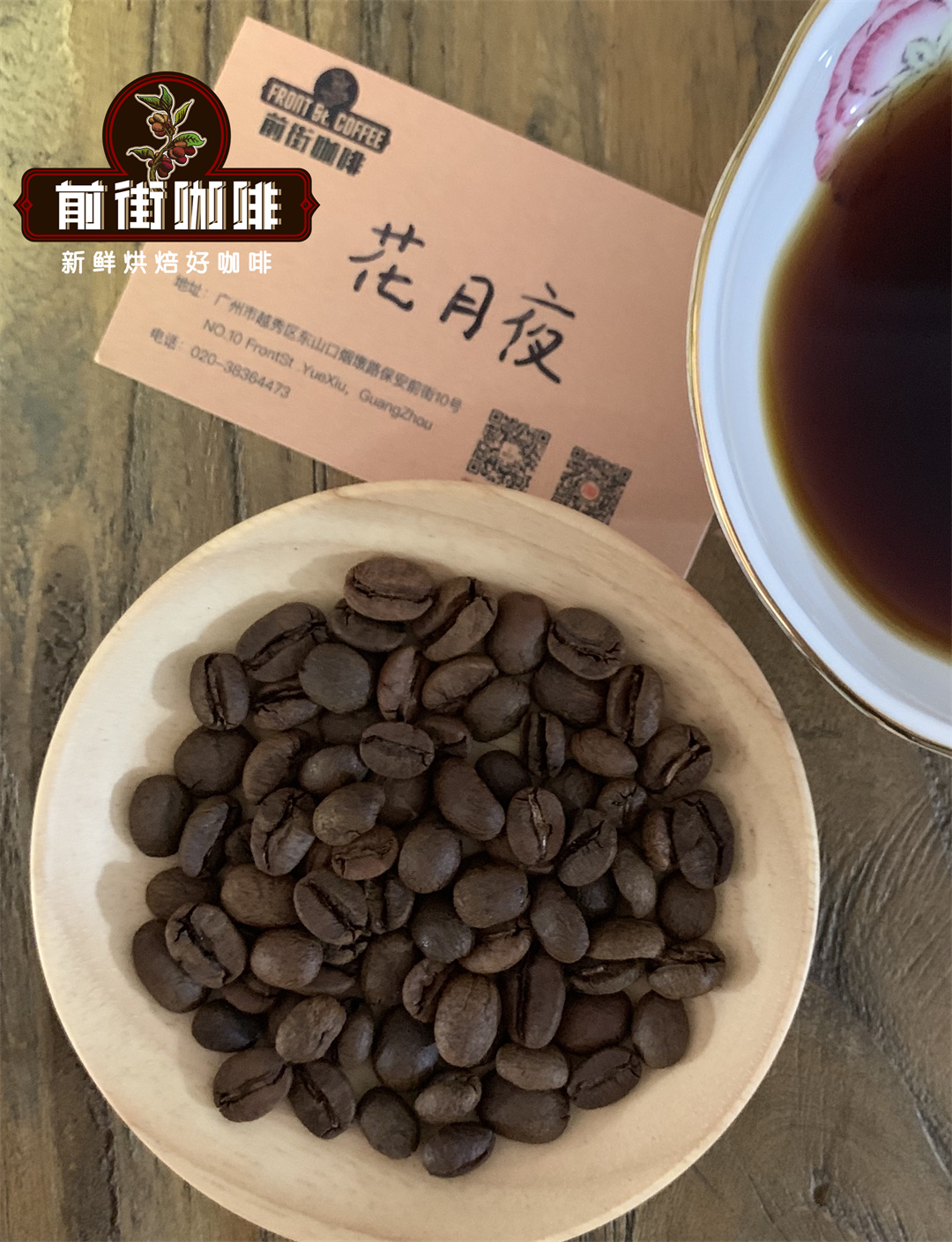Why is the altitude of boutique coffee important? How does altitude affect coffee and its taste?
Elevation, that's the magic word in the world of fine coffee. You often hear baristas tell you that the higher the altitude, the better the coffee-but why? Is it always true? What other effects does it have on coffee production? How does altitude affect coffee flavor? What is the significance of coffee grown at high altitudes?
Front Street Coffee outlines how altitude, temperature and latitude affect coffee taste. Temperature promotes sugar development in coffee plants. At higher temperatures (and lower altitudes), plants have to work harder, and therefore have to consume their sugar reserves.
The optimum temperature for growing Arabica coffee is usually between 18-23 °C.
Why is altitude important?
Altitude directly affects the size, shape and taste of coffee to be consumed. The next time you walk into a coffee shop, you don't need to ask for coffee from a certain height, but knowing a little can help you find your favorite coffee.
How farm elevation and climate affect the type of coffee farmers may choose to grow. In summary, Arabica coffee generally prefers higher elevations of 1,800 to 6,300 feet for cooler climates, while Robusta varieties prefer lower elevations of 600 to 2,400 feet for warmer climates. In these ranges, altitude has a profound effect on coffee.

How do you know altitude?
Elevation affects the physical properties of coffee beans. The next time you get a bag of green coffee (unroasted coffee), look closely at the beans. Are they small and dense? Is the fracture line closed, open, straight, or zigzag? What colour are they-emerald, pale green or blue? All of these characteristics are influenced by the elevation at which coffee is grown.
The altitude at which coffee is grown directly affects the physical properties of the beans.
The most sought after coffee beans are strictly hard beans (4,500 feet and above). They are very dense, partly because they grow slowly at high altitudes. They should have a closed fracture line, possibly zigzag or slightly inclined. On the other hand, coffee beans at lower elevations are generally less dense and have semi-open cracks. Since the type of coffee and the beneficial process used will affect the color, there will be some variation in color. The green color of the same coffee from the same farm may appear different if processed differently: honey vs. full wash. That said, bean density is probably the best signal for determining coffee height.
Why is higher altitude better?
With a little practice, you can identify the height of coffee by the physical characteristics of the beans. The main reason why high-altitude coffee is more sought after is the taste. If properly maintained, high-altitude coffee produces the higher acidity, richer aroma, and better flavor coffee we like, while low-altitude coffee tends to have lower acidity and less flavor in the cup. This is the real reason why your barista tells you the height of the coffee you are about to drink. Generally speaking, coffee tastes better at higher altitudes, and if coffee is grown at 5,200 degrees, this means coffee should have good flavor.
Elevation is just one of many factors that affect the taste of the coffee you're going to drink, but it's one of the most important.
Important Notice :
前街咖啡 FrontStreet Coffee has moved to new addredd:
FrontStreet Coffee Address: 315,Donghua East Road,GuangZhou
Tel:020 38364473
- Prev

How does the origin and altitude of coffee affect your favorite coffee?
The information in the label of the coffee bag you buy may confuse you, and they may leave questions about altitude, deep roasting, light roasting, and their different flavors. Why is altitude so important? Once you understand the meaning of these descriptions, they can help you find and buy the coffee beans that best suit you.
- Next

What are the main varieties of Chinese coffee? is the quality of Chinese coffee constantly improving?
Until recently, most coffee grown in China was known for its low price and generally low quality. It is mainly exported to the world through companies such as Starbucks and Nestl é. Over the past decade, however, smaller Chinese coffee farms have not only begun to produce better quality coffee, but have also become more sustainable. Nowadays, Yunnan coffee tends to have remarkable sweetness and unique taste.
Related
- What brand of black coffee is the most authentic and delicious? what are the characteristics of the flavor of the authentic Rose Summer Black Coffee?
- Introduction to the principle and characteristics of the correct use of mocha pot A detailed course of mocha pot brewing coffee is described in five steps.
- Which is better, decaf or regular coffee? how is decaf made?
- How much is a bag of four cat coffee?
- How about four Cat Coffee or Nestle Coffee? why is it a cheap scam?
- Which is better, Yunnan four Cats Coffee or Nestle Coffee? How about cat coffee? is it a fake scam? why is it so cheap?
- How about Cat Coffee? what grade is a hoax? which instant coffee tastes better, four Cat Coffee, Nestle Coffee or G7 coffee?
- Process flow chart of coffee making-Starbucks coffee making process what coffee tastes good at Starbucks
- The top ten best coffee beans in the world Rose summer coffee or Tanzanian coffee tastes good
- Yunnan four cat coffee is good to drink?_four cat coffee is a big brand? four cat blue mountain coffee is fake?

